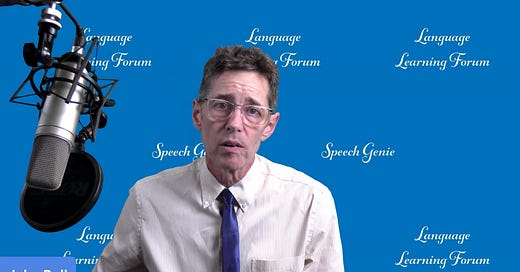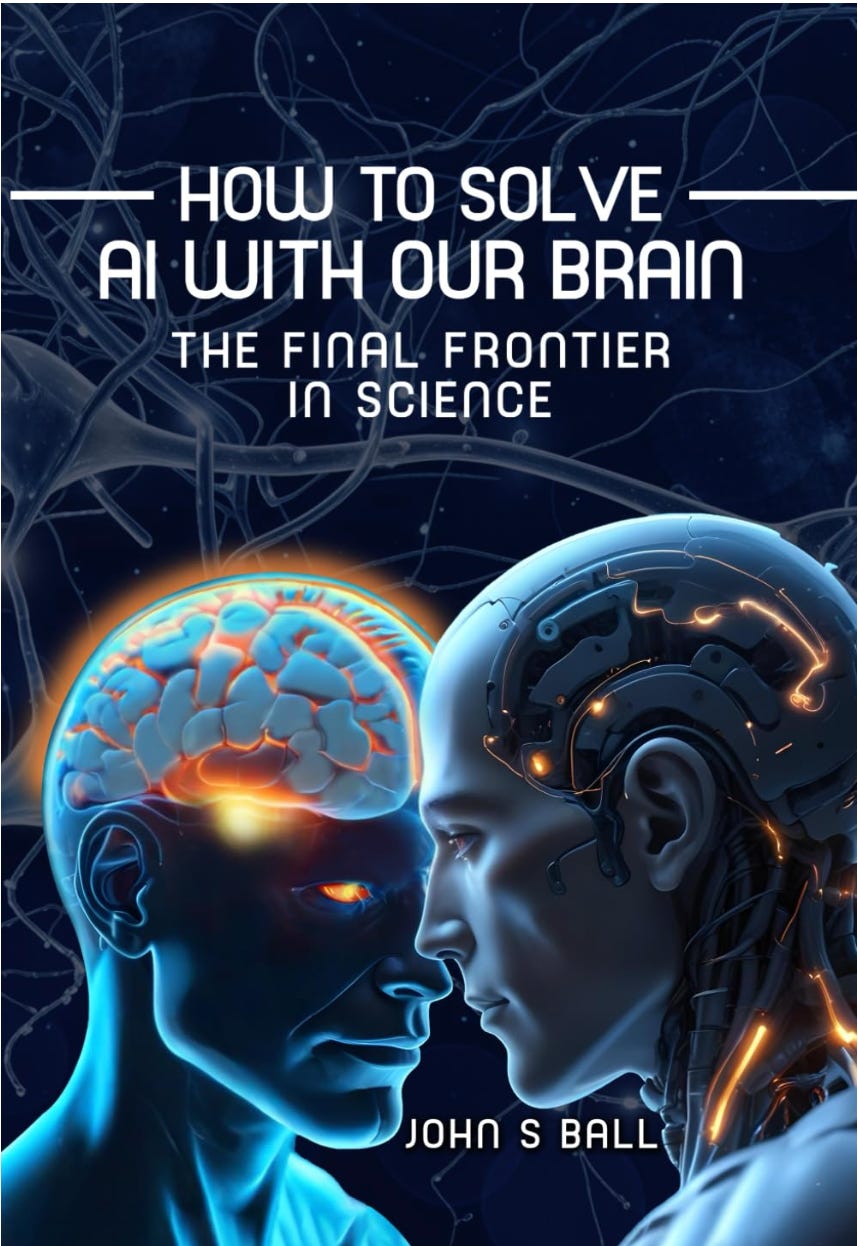If you understand what a brain is doing, it is easier to load it up with skills by mimicking how the brain learns in the first place.
John Ball inside AI is a reader-supported publication. To receive new posts and support my work, consider becoming a free or paid subscriber.
In the video I briefly explain how brains represent sensory experience and use motor control. The bidirectional associations remove the need for encoded data and simply use the original patterns stored to compose the total.
So how does it apply to language learning? Using the right sequence, the learner effortlessly picks up the skills needed to understand the language from experience.
Do you want to get more involved?
If you want to get involved with our upcoming project to enable a gamified language-learning system, the site to track progress is here. You can keep informed by adding your email to the contact list on that site.
Do you want to read more?
If you want to read about the application of brain science to the problems of AI, you can read my latest book, “How to Solve AI with Our Brain: The Final Frontier in Science” to explain the facets of brain science we can apply and why the best analogy today is the brain as a pattern-matcher. The book link is here on Amazon in the US.
In the cover design below, you can see the human brain incorporating its senses, such as the eyes. The brain’s use is being applied to a human-like robot who is being improved with brain science towards full human emulation in looks and capability.
John Ball inside AI is a reader-supported publication. To receive new posts and support my work, consider becoming a free or paid subscriber.
















Share this post